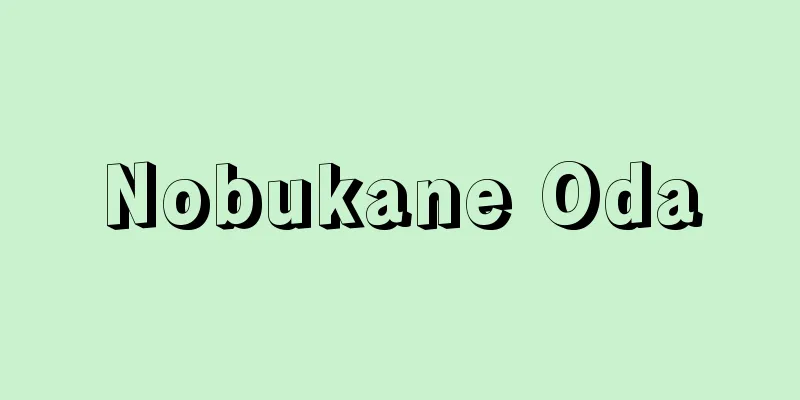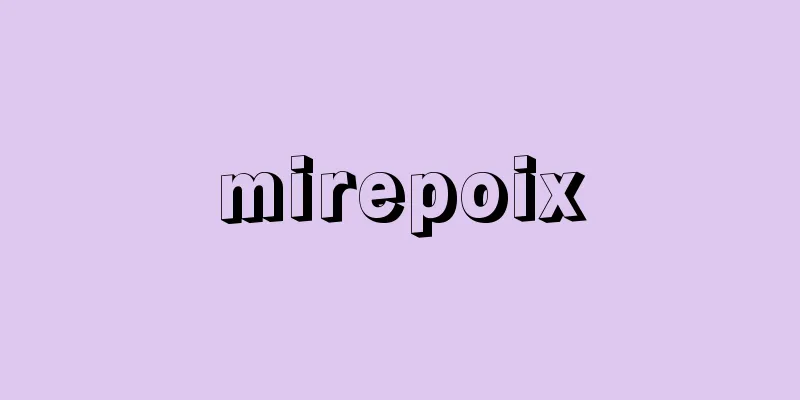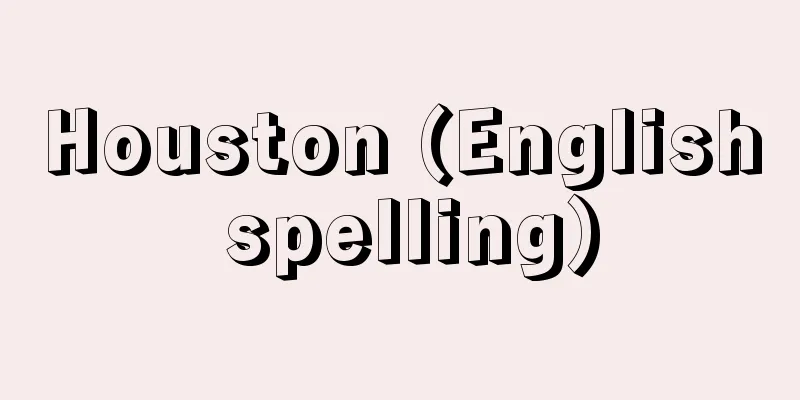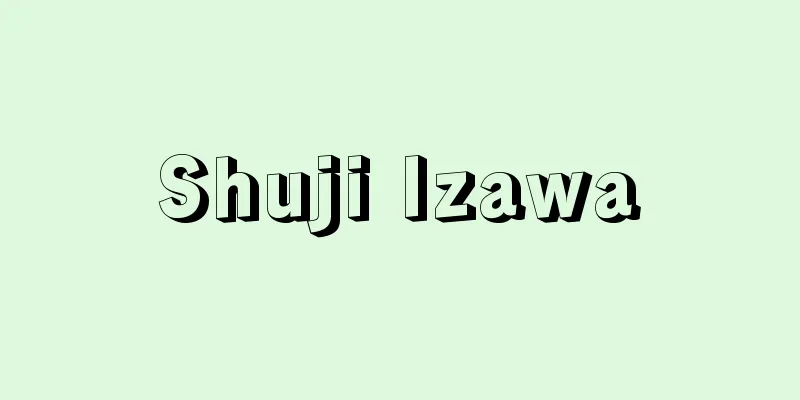Hokusa Bunryaku
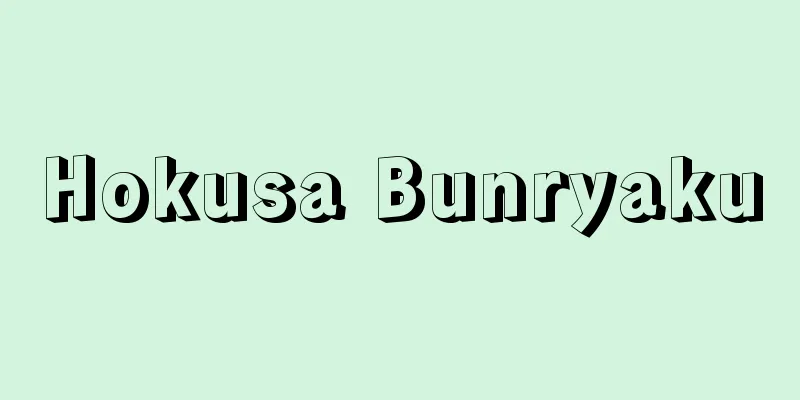
|
Katsuragawa Hoshu (Kuniakira) compiled the talks of Daikokuya Kodayu, who returned to Japan after a stay of nearly 10 years, into a large work with 11 volumes of the main text, 1 volume of appendix, 2 axes of illustrations, and 10 maps, with additional notes based on Dutch literature. This is Japan's first Russian journal. It was completed in August 1794 (Kansei 6). The first four volumes explain the journey from the time of the drift to the return of the Russians, the climate and people of the places they passed through, and the countries that traded with Russia. The next five volumes explain the lineage of the Russian emperors, as well as various aspects of politics, economy, society, and culture. Volume 10 is a product journal, and volume 11 is a small Russian-Japanese dictionary of about 1,500 words. The appendix is Hoshu's Japanese translation of "Russia in Brief" by Dutch trading post chief Hemmie. Not only is this book three times as long as Hokusa Ibun, a record written by Sasamoto Ren of the answers to the questions Kodayu received from the magistrate Ikeda Nagae and inspectors Nakagawa Tadateru and Mamiya Nobuyoshi after his return to Japan, but it is also much more detailed and in-depth. Kodayu's high level of knowledge as an executive of a major Edo trading company allowed him to be acquainted with influential people in Russian politics and business, such as Prime Minister Besborodsko, Minister of Commerce Vorontsov, French navigator Lesseps, and Russian Academician Laxman, as well as world-renowned scholars and intellectuals, and he was able to penetrate Russian society more deeply and broadly and broaden his horizons than an ordinary castaway could. This book best reflects this, and can be called a masterpiece of a civic intellectual in early modern Japan. [Hayashi Motoi] "Kamei Takataka (ed.), "Hokusa Monryaku" (1966, Yoshikawa Kobunkan) " "Otomo Kisaku (ed.), "Hokusa Ibun" (included in "Hokumon Sosho Volume 6", 1944, Hokko Shobo)" [References] | |Source: Shogakukan Encyclopedia Nipponica About Encyclopedia Nipponica Information | Legend |
|
10年近い滞在から帰国した大黒屋光太夫(だいこくやこうだゆう)の談話を桂川甫周(かつらがわほしゅう)(国瑞(くにあきら))が蘭文(らんぶん)文献を参考に補注を加えながら本文11巻、付録1巻、付図2軸、地図10枚の大著にまとめ上げた、わが国最初のロシア誌。1794年(寛政6)8月完成。初めの4巻で、漂流から帰国までの経過と、経過した土地の風土や民族、ロシアに通商する諸国などを解説し、続く5巻で、ロシア皇帝世系から政治、経済、社会、文化の諸側面を解説し、巻10は物産誌、巻11は約1500語の露和小辞典とでもいうべきもの。付録はオランダ商館長ヘンミーの『ロシア略記』の甫周による邦訳である。光太夫が帰国後受けた町奉行(ぶぎょう)池田長恵(ながしげ)や目付(めつけ)中川忠英(ただてる)・間宮信好(まみやのぶよし)の訊問(じんもん)に対する答えを、篠本(ささもと)廉が筆録した『北槎異聞』に比べると、量的に3倍であるだけでなく、内容もはるかに詳しく深くなっている。光太夫は江戸の大商社の幹部としての高い知識水準によって、宰相ベスボロツコ、商務相ボロンツォフ、フランスの航海家レセップス、ロシア学士院会員ラクスマンなどロシア政財界の有力者や世界的な学者文化人の知遇を受けたので、通例の漂流者には及びもつかないほど広く深くロシア社会の奥深く入り込んで見聞を広めることができた。本書は、それをもっともよく反映した、近世日本の市民的知識人の傑作というべきものである。 [林 基] 『亀井高孝編『北槎聞略』(1966・吉川弘文館)』▽『大友喜作編『北槎異聞』(『北門叢書 第六冊』所収・1944・北光書房)』 [参照項目] | |出典 小学館 日本大百科全書(ニッポニカ)日本大百科全書(ニッポニカ)について 情報 | 凡例 |
>>: Beishacheng Han Tombs (English: Beishacheng Han Tombs)
Recommend
Quinacridone pigment - Quinacridone pigment
A type of high-grade organic pigment recently deve...
Phthalocyanine pigment - Phthalocyanine pigment
Phthalocyanine is an organic pigment with a unique...
Fruit drink - Kajitsuinryo
Beverages made from squeezed fruit juice. The Japa...
Wet tongue - Shitsuzu
A tongue-like area on a weather chart where moist...
Xie Wen - CEO
A poet from the Southern Qi Dynasty in China. His...
Casuarina stricta Ait.
An evergreen tall tree of the Casuarinae family wi...
Potassium manganate
A type of manganate. It is also called potassium ...
Kaga (former name of the province)
...present-day southern half of Ishikawa Prefectu...
Wilson cycle
The repeated division and joining of continents, a...
Orlicke Hory (English spelling)
…A mountainous region that stretches across the n...
Asuwa Mikuri
...The Asuwa Shrine on the mountain enshrines Emp...
Soleoidei
…General term for fishes belonging to the suborde...
Light [City] - Hikari
A city in the southeastern part of Yamaguchi Prefe...
Aresawagumugen - Raging Infinity
…He became a French citizen in 1955. Around this ...
Akaozu - Akozu
...The Sasamori Hills are close to the coast, and...
